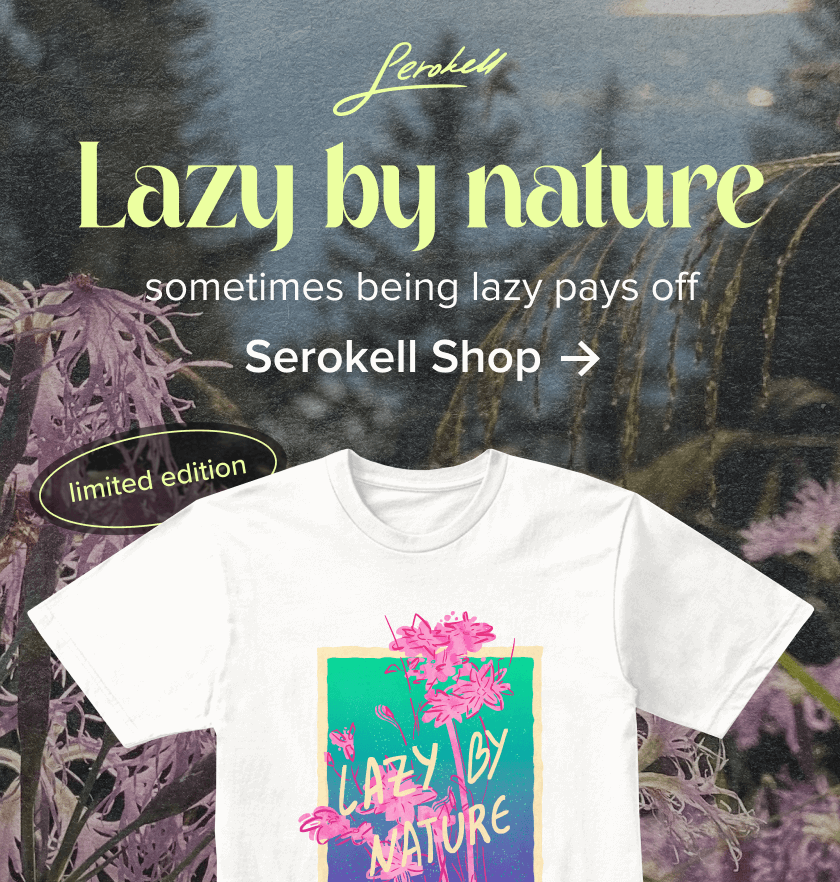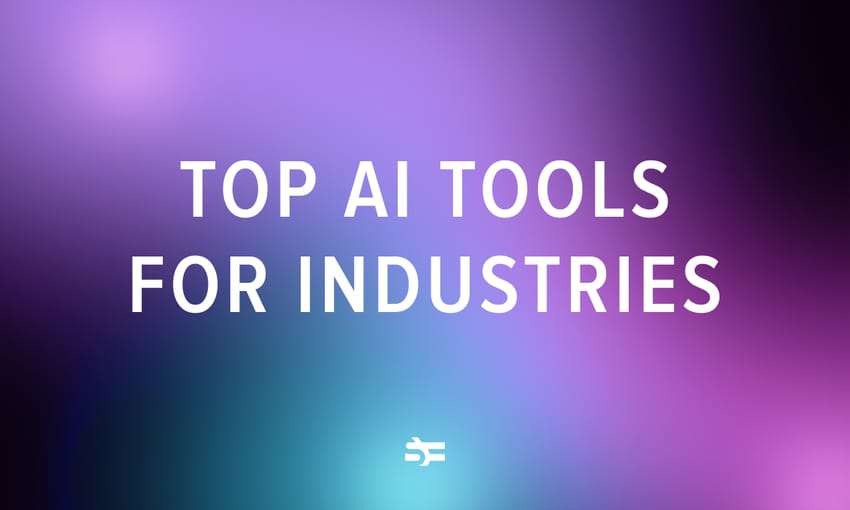Graphic design is one of the fields that has been most impacted by the development of artificial intelligence. According to statistics provided by Forbes, AI is expected to see an annual growth rate of 37.3% from 2023 to 2030. This rapid growth emphasizes the increasing impact of AI technologies in the coming years.
AI tools help to create graphics, improve quality of images, bring photos back to life, and streamline routine graphic-related tasks so that professionals could work more efficiently.
In this post, we will talk about how artificial intelligence is used in graphic design. We will have a look at the latest features that Adobe Photoshop has introduced to improve their tool and assess how you can use it to enhance your workflow.
Why graphic design?
There are many kings of design, and AI tools are used in many of those areas such as:
- Web design — creating landing pages and writing code for websites;
- Motion design — animating graphics such as mascots and cartoons;
- 3D-modeling — generating 3D models in minutes;
- Industrial design — helping designers to come up with auto or fashion sketches.
While being helpful, AI can’t completely replace human designers in any of those fields, as they require creativity, good taste, and solid understanding of business requirements. Neither is AI effective in UX/UI and product design that rely much less on actual design skills and much more on the understanding of business logic.
However, in graphic design, AI tools tend to show incredible results and require minimal human intervention. Of course, the right prompting is important and sometimes it takes skill and time to get from neural networks exactly what you want. But the final result requires less correction than in other cases. For example, MidJourney is capable of creating beautiful digital art.
Uses of artificial intelligence in graphic design
Earlier we have already created a list of AI tools for many different areas of business, including design. In this section, we will provide you with an overview of what kind of capabilities make AI so valuable for the field of graphic design.
Artificial intelligence in graphic design uses machine learning algorithms to provide shortcuts when creating digital graphics or replacing human designers completely.
There are different types of AI tools used in graphic design:
Generative AI
Generative AI tools can create images based on prompts, or descriptions of what the human needs. For example: “The wind blows and the trees sway OIL PAINT PASTEL”. You can use adjectives to describe how the image needs to look and feel or even refer to particular artists such as Vincent Van Goph or Alfonse Mucha. Some popular tools include DALL·E 2 and Midjourney.
As a result you will have something like this:

Neural networks don’t always act predictable, but they work fast and can serve an ever-growing demand for original graphics. A 2022 Venngage poll on visual content found that original graphics (36.4%) was the most used visual content, overtaking stock photos (33.6%).
There are also more task-specific AI tools. For instance, this X doesn’t exist helps you to create images of people, places, and animals that don’t exist. As there is no copyright on AI images (yet), you can use the resulting images for any purpose.
AI copilot
Most AI tools that are marketed today are presented not as substitutes to human creativity but rather AI-powered assistants that just help designers to be more productive. They can also be called AI copilots.
For example, there are tools that help you come up with color schemes or develop brand kits. Some of them can recommend best layouts or even help you with transforming your design into CSS files.
Overall, neural networks in design help to make the processes faster, reduce the amount of repetitive manual tasks and make unique graphic design more accessible.
Adobe: enhancing human creativity with the power of AI
Today Adobe is one of the leading providers of tools for designers. No wonder that they are also the company that constantly develops and introduces new features to help designers work.
Adobe Express’s content-aware layout
Creating complex graphics or collages with multiple design elements can be a challenging task. In most real-life scenarios, it takes designers several iterations of edits before the client approves this or that mockup, so it’s better to have your options.
Traditional design tools often lack intelligence and algorithms, requiring users to manually crop, position, and resize elements. This can be particularly difficult for novice designers or those with limited design knowledge.
Adobe Express offers a solution with its built-in graphic design IQ. The Content Aware Layout feature utilizes layout heuristics and design intelligence to automatically map layout positions and text placement based on the chosen content. Magic Layout takes it a step further by making educated guesses and moving content to get users closer to a finished product. For example, if a user selects a tall photo, a wide photo, and adds a text element, Adobe Express will automatically create a layout with one vertical and one wide cell. It will also position an editable text box in the most readable space based on design rules.
Adobe Express also allows users to explore countless options with a simple tap of their finger. With Adobe Express, designers can try 20 layout combinations in under a minute. The system not only suggests options but also allows users to make direct tweaks to the layout elements. If a new text element or image is added, the layout suggestions update automatically, learning from the user’s input. This rapid exploration enables designers to reach creative solutions much faster than with traditional manual tools.
In addition to speed, Adobe Express aims to ensure that the end result looks good. Design and communication best practices are integrated into every template, while the system dynamically learns from the designs created by the community.
Adobe Illustrator AI
Adobe is introducing a new feature for its Illustrator graphic design software that utilizes generative AI to quickly adjust the color scheme of vector-based images. This use case is one of the most common, as color schemes often have to be adjusted. The Vector Recoloring tool allows users to upload their own SVG files and generate different color variations within seconds.
Users can input text descriptions or choose from a list of sample prompts to generate the desired color schemes. This feature is part of Adobe Firefly, a suite of creative generative AI models, and will be available for testing in the Firefly beta.
The Vector Recoloring tool aims to streamline the process of exploring different color options for designs without manual adjustments. Vector graphics are ideal for resizing without losing quality, making them popular among graphic designers for logos and illustrations. This AI-powered feature adds to Adobe’s efforts in using AI to simplify complex tasks and save time for creative professionals.
Adobe Firefly
Adobe has announced that it will integrate generative AI into its popular Photoshop program. The company will incorporate its generative AI product, Adobe Firefly, into Photoshop, creating a tool that will act as a “co-pilot” to graphic design rather than replacing humans.
The new feature, called “generative fill,” will allow users to add, expand, or remove unwanted items from images using text prompts. The feature will be available in the desktop beta starting Tuesday, with a wider release planned for later in 2023. Adobe has been using AI in its tools for over a decade and has trained the Firefly AI on 100 million images from Adobe’s stock library and public domain images to avoid copyright issues. The integration of Firefly into Photoshop will enable quicker edits to photos and the creation of images and templates from scratch.
Adobe aims to help small businesses accelerate their graphic design process with this tool, but it is not intended to replace graphic designers entirely. Adobe has also implemented content credentials to mark images that have been created or edited using AI, ensuring transparency and authenticity. Artists who contribute to the AI library are identified and paid when their work is used.
What should we expect in AI in design in the future?
In the future, we can expect artificial intelligence to play an increasingly significant role in graphic design.
Most likely, AI will continue to help us enhance creativity. AI algorithms can analyze vast amounts of design data and generate unique ideas, providing designers with inspiration and expanding their creative possibilities.
They can also still automate repetitive tasks, such as image editing or layout adjustments, allowing designers to focus on more complex and creative aspects of their work.
However, future AI will be even smarter taking digital graphic generation to the next level. It will combine the knowledge of design, graphics, and marketing to create art that is most impactful for businesses. It will also be able to adapt standard solutions to individual needs, making the process more intuitive and efficient for each user.
The collaborative abilities of AI are also likely to become stronger. AI-powered tools can facilitate collaboration between designers by suggesting design elements, layouts, or color schemes that complement each other. This can enhance teamwork and enable designers to combine their skills effectively.
Nonetheless, on the way to further AI proliferation, we need to take care of ethical issues first. Generative AI of today is often trained on works of artists who didn’t give their permission for their works to be used. Moreover, we need to be aware that there isn’t any uncontested bias in algorithms that can lead to the encouragement of racists, sexists, and other unacceptable behaviors.
Overall, while AI will undoubtedly bring advancements and efficiencies to graphic design, it is important to remember that it is meant to augment human creativity rather than replace it entirely. The human touch and critical thinking will continue to be essential in the design process.




.jpg)
.jpg)
.jpg)
.jpg)